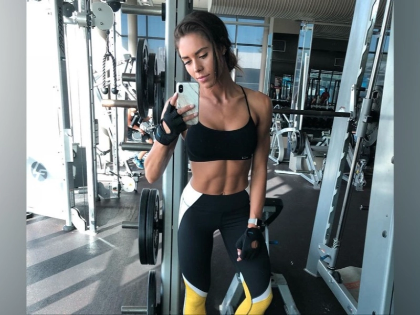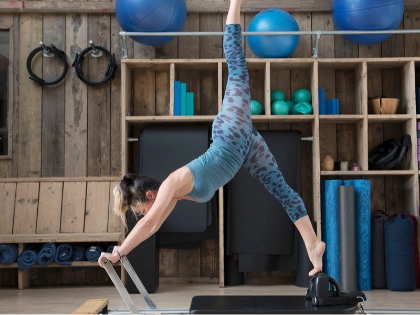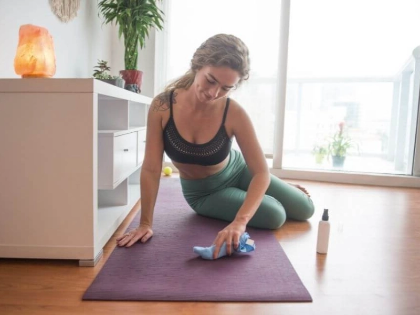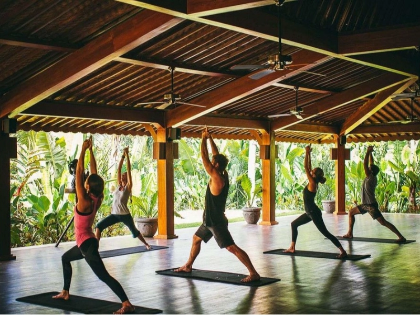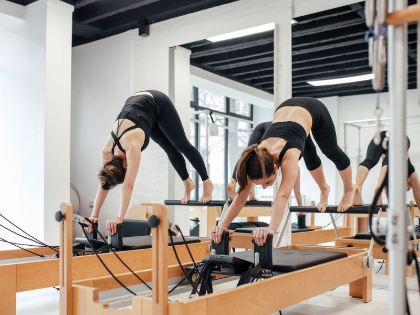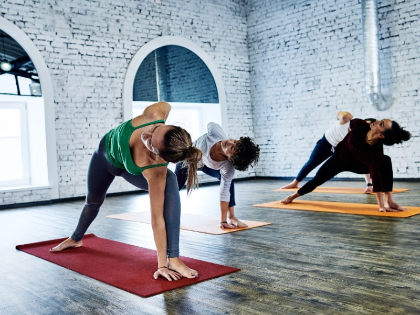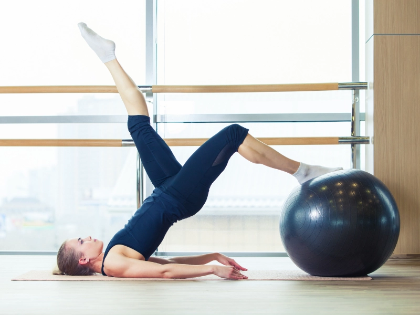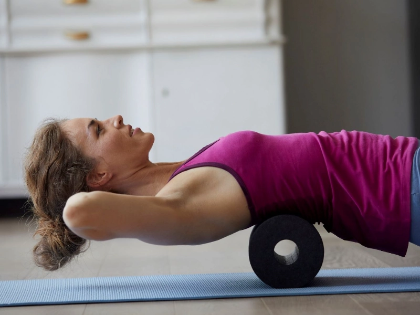Choosing A Ski Helmet: Safety First On The Mountain
Helmets are crucial for guarding your noggin whether your level of experience with skiing is beginner or advanced. Still, how can you decide which one is best? Beginning a few inches above your ears and eyebrows, find the circumference of your head. To identify your ideal fit, then, refer to the helmet size charts.
Choose the Right Size
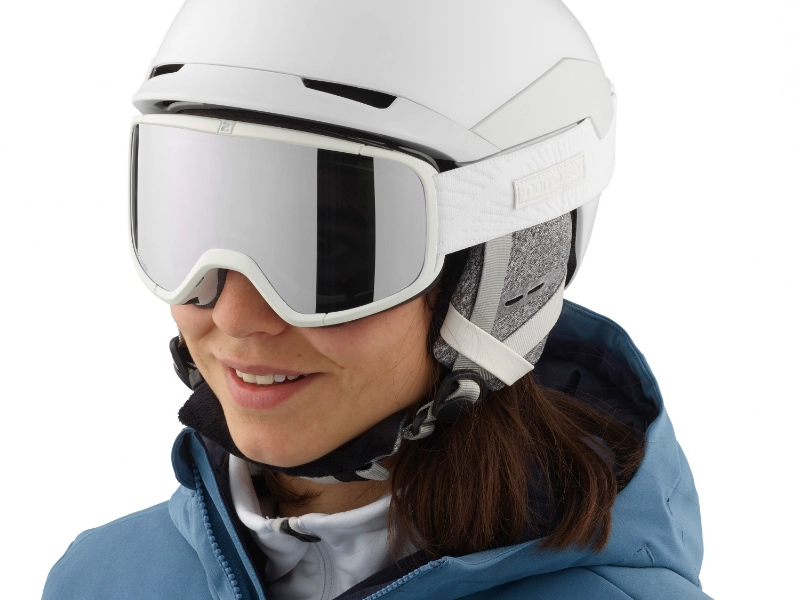
Check the Ventilation
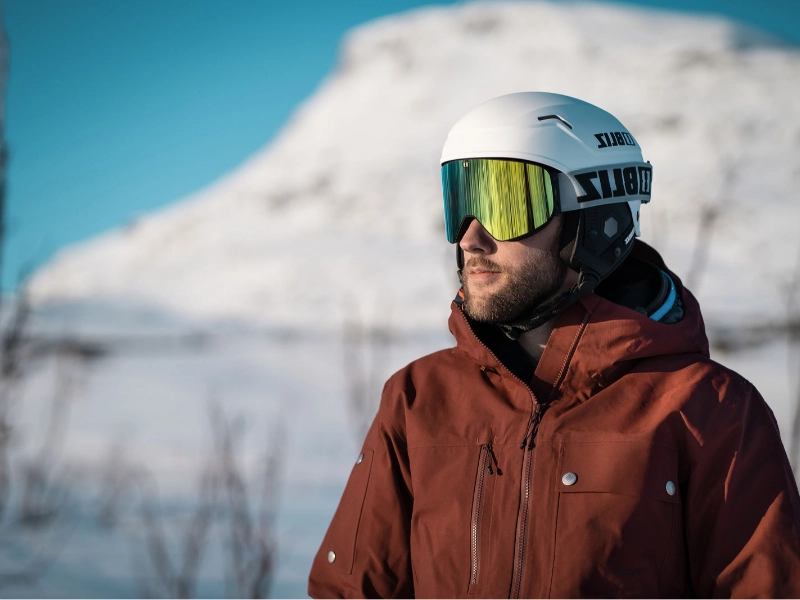 Your body uses a lot of heat through the head during a rigorous activity. It must have a means of releasing heat such that hypothermia is avoided. Helmets' top vents serve to cool your head by allowing airflow.
If you are not going to be exerting yourself, though, those vents can help to keep the cold in. Some helmet makers have therefore created movable venting systems. These lets you open and close the vents based on the temperature.
Also make sure the chin strap fits correctly; no stray chin straps should be dangling free and perhaps aggravating your skin. Should your chin not line up with the helmet's rim, you must modify the chin strap to have it gently slanted slightly behind your ears. This will assist stop your helmet from slipping off during a fall, so perhaps inflicting major injuries or death.
Your body uses a lot of heat through the head during a rigorous activity. It must have a means of releasing heat such that hypothermia is avoided. Helmets' top vents serve to cool your head by allowing airflow.
If you are not going to be exerting yourself, though, those vents can help to keep the cold in. Some helmet makers have therefore created movable venting systems. These lets you open and close the vents based on the temperature.
Also make sure the chin strap fits correctly; no stray chin straps should be dangling free and perhaps aggravating your skin. Should your chin not line up with the helmet's rim, you must modify the chin strap to have it gently slanted slightly behind your ears. This will assist stop your helmet from slipping off during a fall, so perhaps inflicting major injuries or death.
Adjust the Chinstrap
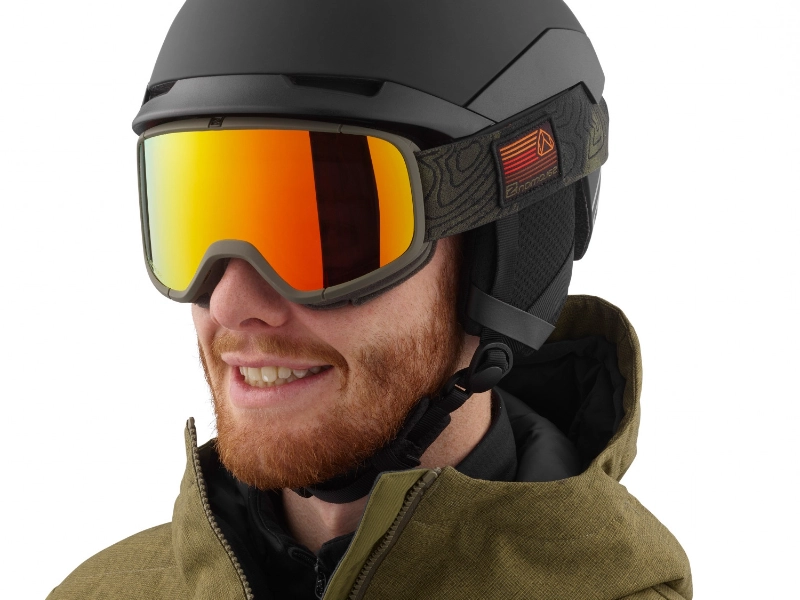 Even if skiers have some more control over their movements than motorcyclists, the activity can nonetheless be risky. Fortunately, the most often occurring accidents can be avoided with proper gear. This includes a correctly fitting and sized helmet.
Make sure the chin strap is secure first; it shouldn't be dragging your chin down or closing your mouth. It should ideally fit tightly enough that one finger can slide between your chin and the chin strap.
Next, if relevant, review the fit adjustment mechanism. To acquire a comfortable and safe fit, you can tighten or loosen this possibly a sliding or dial mechanism. It's time to test your helmet once the chin strap and fit adjustment are nailed down. To check whether the helmet moves about on your head or shifts too much up and down, gently shake your head. Should it, it is overly large and you should change it.
Even if skiers have some more control over their movements than motorcyclists, the activity can nonetheless be risky. Fortunately, the most often occurring accidents can be avoided with proper gear. This includes a correctly fitting and sized helmet.
Make sure the chin strap is secure first; it shouldn't be dragging your chin down or closing your mouth. It should ideally fit tightly enough that one finger can slide between your chin and the chin strap.
Next, if relevant, review the fit adjustment mechanism. To acquire a comfortable and safe fit, you can tighten or loosen this possibly a sliding or dial mechanism. It's time to test your helmet once the chin strap and fit adjustment are nailed down. To check whether the helmet moves about on your head or shifts too much up and down, gently shake your head. Should it, it is overly large and you should change it.
Check the Fit
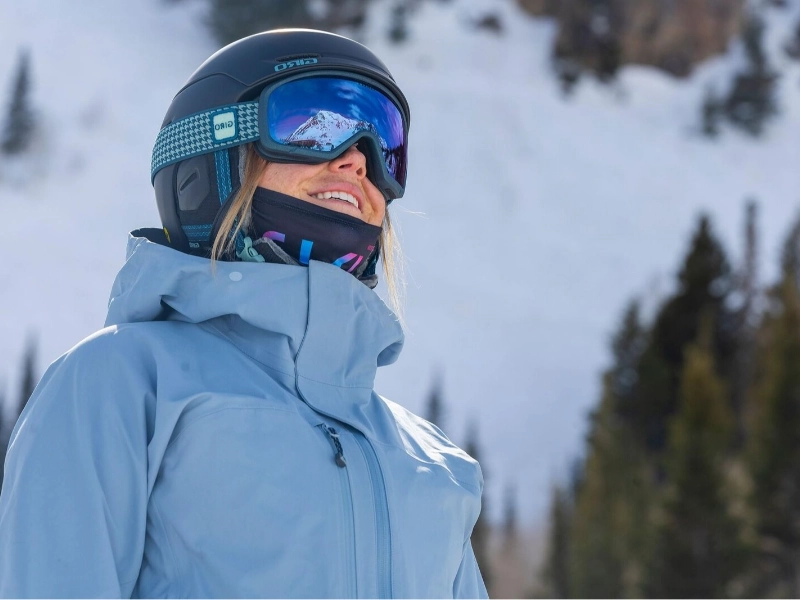 It's time to do some last tweaks once you have the correct size helmet. Start by buckling the chin strap such that it presses gently towards the top of your head. The helmet should feel comfortable if you shake your head back and forth or side to side; you want it to be snug but not tight.
If you can put two fingers into this space, it is most likely too large. This is also a good chance to make that the helmet lacks a gaper gap—that is, the area between a pair of goggles and the helmet.
These suggestions will help you to choose a ski helmet that fits you and will protect your head from any mishaps on the slopes. Make sure your helmet fits correctly, that it has movable ventilation systems, and that it buckled tightly before you started down the course.
It's time to do some last tweaks once you have the correct size helmet. Start by buckling the chin strap such that it presses gently towards the top of your head. The helmet should feel comfortable if you shake your head back and forth or side to side; you want it to be snug but not tight.
If you can put two fingers into this space, it is most likely too large. This is also a good chance to make that the helmet lacks a gaper gap—that is, the area between a pair of goggles and the helmet.
These suggestions will help you to choose a ski helmet that fits you and will protect your head from any mishaps on the slopes. Make sure your helmet fits correctly, that it has movable ventilation systems, and that it buckled tightly before you started down the course.
